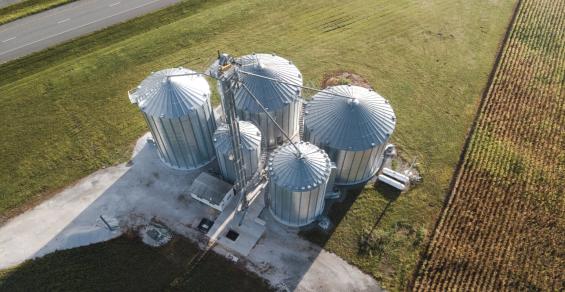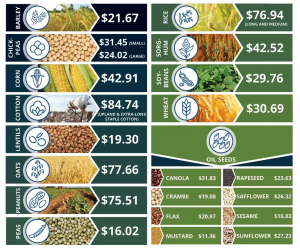What do you need to consider as you plan for an on-farm storage system?
On the farm, timing is everything. You get one shot each year to make a crop, and getting grain unloaded, stored and delivered shouldn’t hold you back.
Having your farm’s grain storage facility near your fields reduces transport time and fuel cost.
What do you need to consider as you plan for an on-farm storage system?
Check out the list below.
1. Proximity to a highway: A state highway lets you haul grain year round without any road restrictions. Without a highway nearby, you may encounter road restrictions, hindering your ability to haul grain.
2. Natural gas: Natural gas is the most economical way to dry grain. You can still dry grain with liquid petroleum (LP), it just may be a bit more costly.
3. Three-phase power: Three phase power lets you operate larger machines and motors. Single phase may work, but three-phase allows you to confidently plan for future grain handling and storage growth.
4. Farms nearby: Having your farm’s grain storage facility near your fields reduces transport time and fuel cost. It may even reduce the number of trucks needed.
5. Room for new bins: Consideration for future growth and expansion. Who doesn’t want to see more bushels in their bin?
6. New dryer/ wet bins: Do not assume that your wet holding capacity will always be adequate. Once you start drying more grain, an increase in your wet bushel storage capacity will become a necessity.
7. Pit: Adding a truck load out or a pit can sometimes save the cost of a truck or lead to other benefits.
8. Traffic Pattern: Create a traffic pattern for separate dumping and loading stations to increase efficiency. Being able to load and unload grain simultaneously will decrease your total harvest time, thus saving you money.
Once you start drying more grain, an increase in your wet bushel storage capacity will become a necessity.
A detailed grain storage plan that anticipates future growth is a must. Learn more at GSI and how on-farm grain storage is a solid investment.




